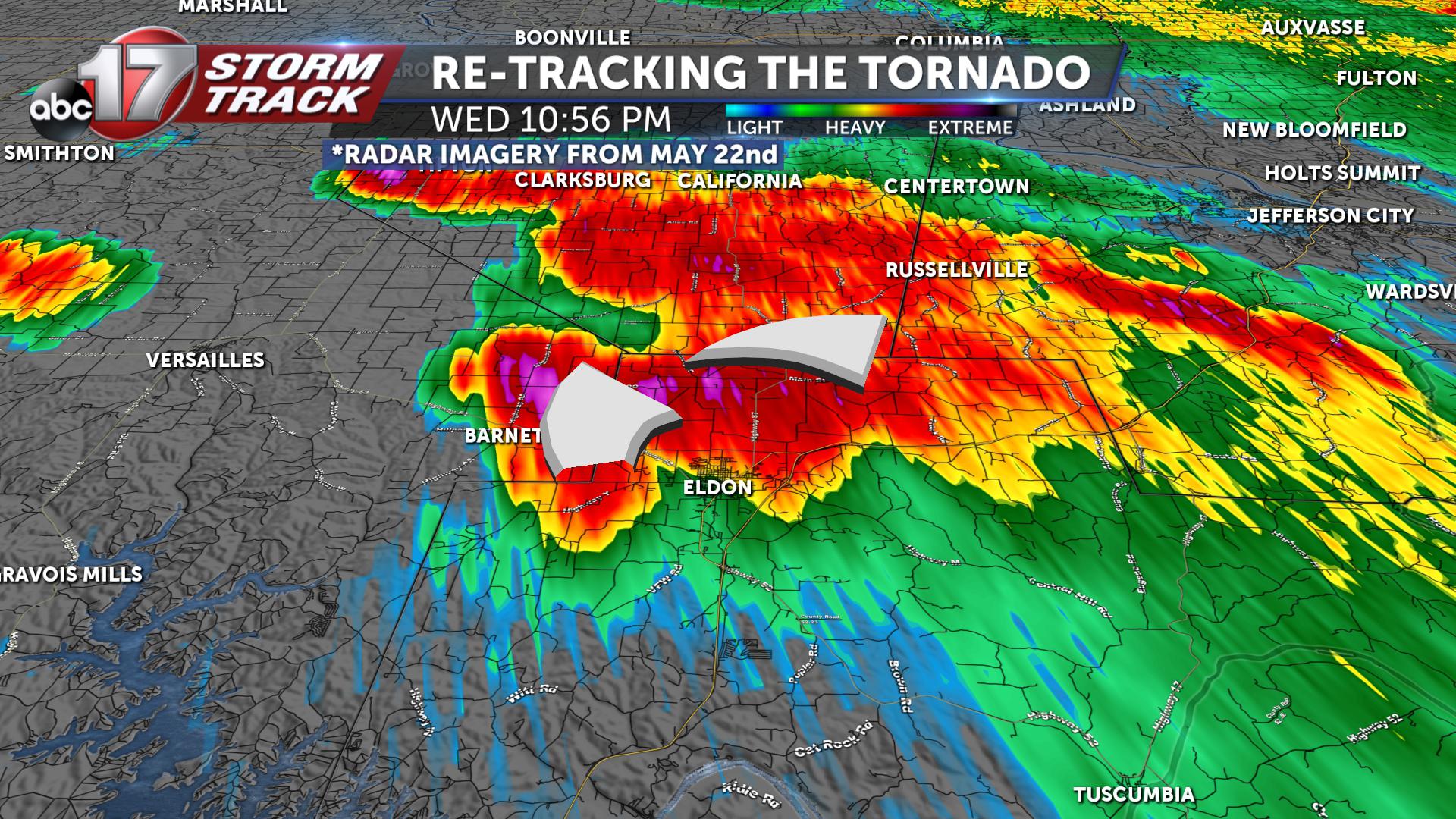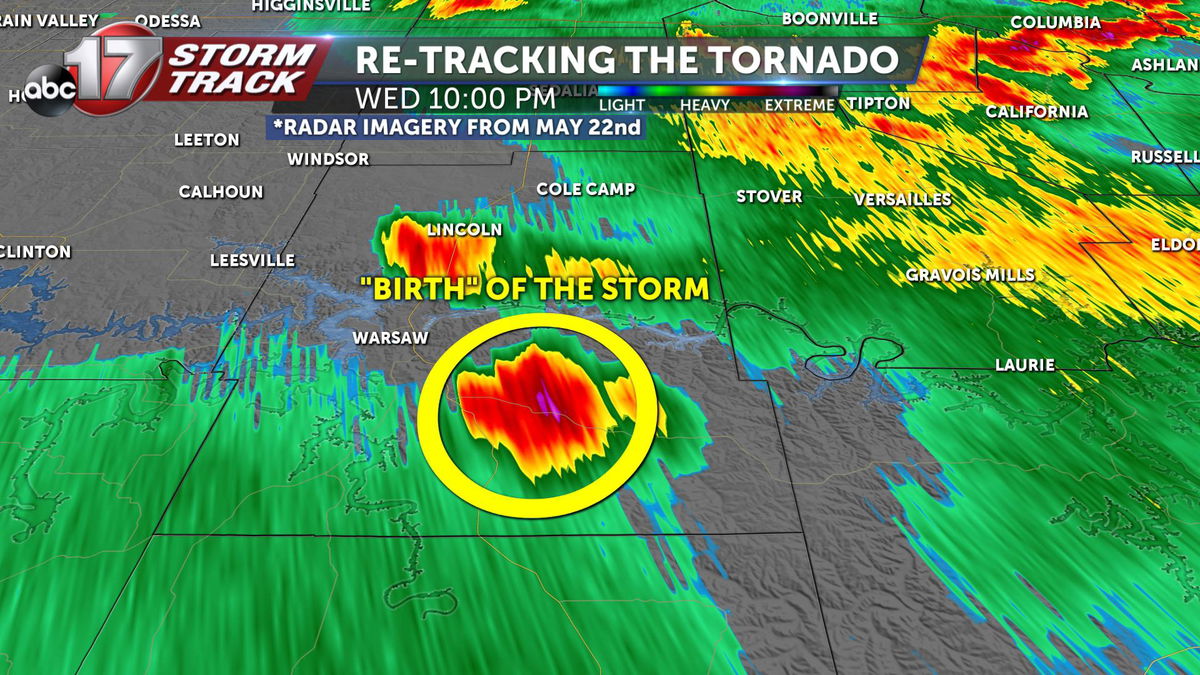Historical Tornado Data Analysis

Tornado tracker – Analyzing historical tornado data is crucial for understanding tornado patterns and trends. By compiling and examining this data, we can identify areas with the highest risk of tornado activity and better prepare for future events.
Interactive visualizations play a significant role in presenting this data effectively. These visualizations can illustrate the frequency, intensity, and distribution of tornadoes over time, providing valuable insights into their behavior.
Data Collection and Analysis
The first step in historical tornado data analysis involves collecting data from various sources, such as the National Oceanic and Atmospheric Administration (NOAA) and the National Weather Service (NWS). This data includes information on tornado occurrence, intensity, location, and time.
Once the data is collected, it is analyzed using statistical methods to identify patterns and trends. Researchers examine the frequency of tornadoes in different regions, the seasonal distribution of tornadoes, and the relationship between tornado occurrence and various environmental factors.
Tornado Safety and Preparedness: Tornado Tracker

The safety and well-being of individuals and communities in tornado-prone areas depend heavily on comprehensive preparedness and response measures. By understanding the nature of tornadoes, implementing proactive safety plans, and actively participating in community preparedness initiatives, we can significantly mitigate the risks and consequences associated with these destructive weather events.
This section provides crucial information on tornado safety and preparedness, including essential actions to take before, during, and after a tornado. We also highlight the importance of creating printable resources, such as emergency plans and evacuation routes, and collaborating with local emergency management agencies to ensure the effective dissemination of vital information to the public.
Before a Tornado, Tornado tracker
Preparation is key in minimizing the impact of tornadoes. Before a tornado strikes, it is essential to:
- Stay informed about weather forecasts and warnings. Monitor local news and weather channels for updates on potential tornado activity.
- Create an emergency plan and discuss it with your family. Determine safe places to shelter in your home, school, or workplace, and establish evacuation routes.
- Assemble an emergency kit that includes essential supplies such as water, non-perishable food, first-aid supplies, flashlights, and a battery-powered radio.
- Secure loose outdoor items, such as lawn furniture, grills, and trampolines, to prevent them from becoming projectiles.
- Identify sturdy buildings or underground shelters in your neighborhood where you can seek refuge if necessary.
The relentless tornado tracker, ever vigilant in its pursuit, swept across the vast expanse, its gaze fixed on the horizon. As it approached Mount Vernon, Indiana , a flicker of movement caught its attention. The tracker surged forward, its sensors humming as it analyzed the swirling vortex that had descended upon the tranquil town.
Like a sentinel in the face of nature’s fury, the tornado tracker stands tall, its gaze fixed on the swirling vortex. But its work is not done alone. Behind the scenes, the weather radar paints a detailed picture of the storm’s movement, providing the tracker with crucial information to stay ahead of the destructive path.